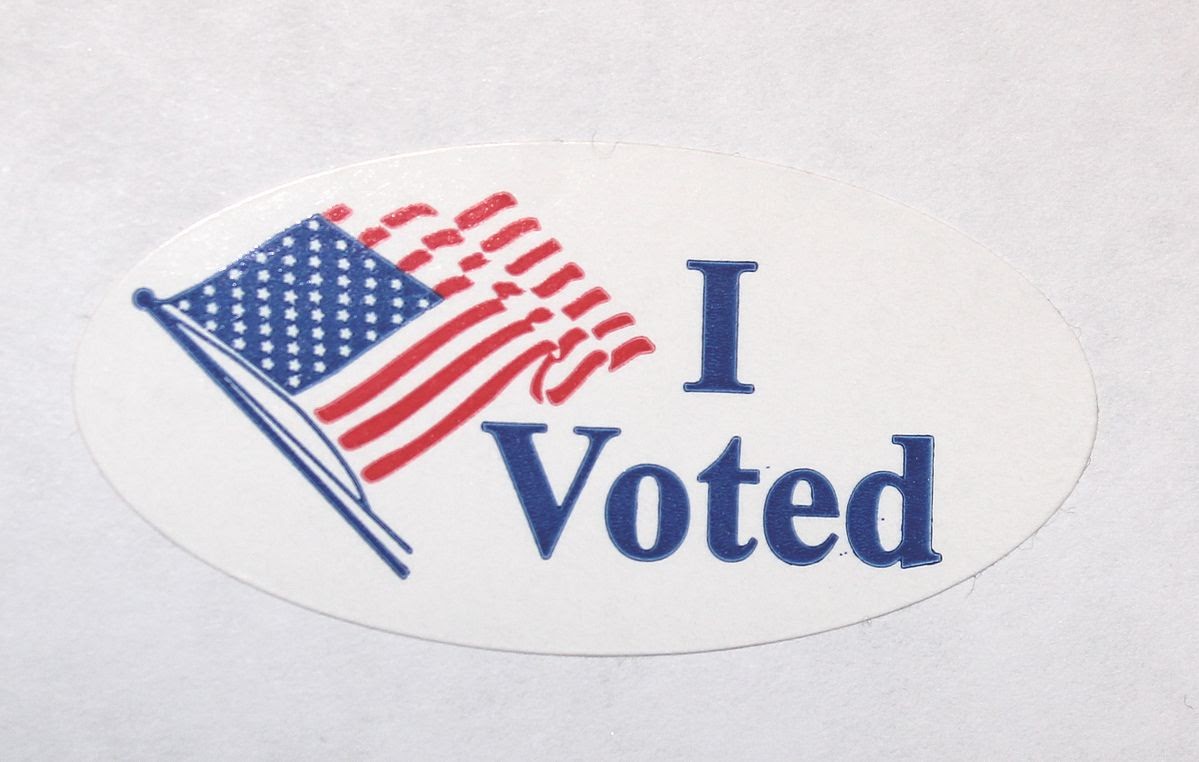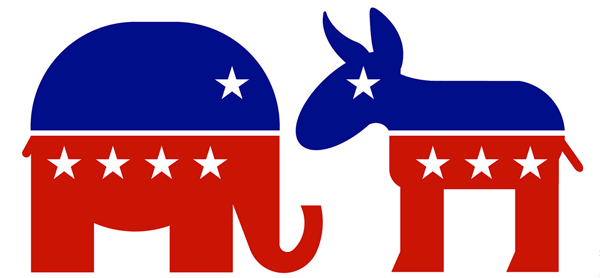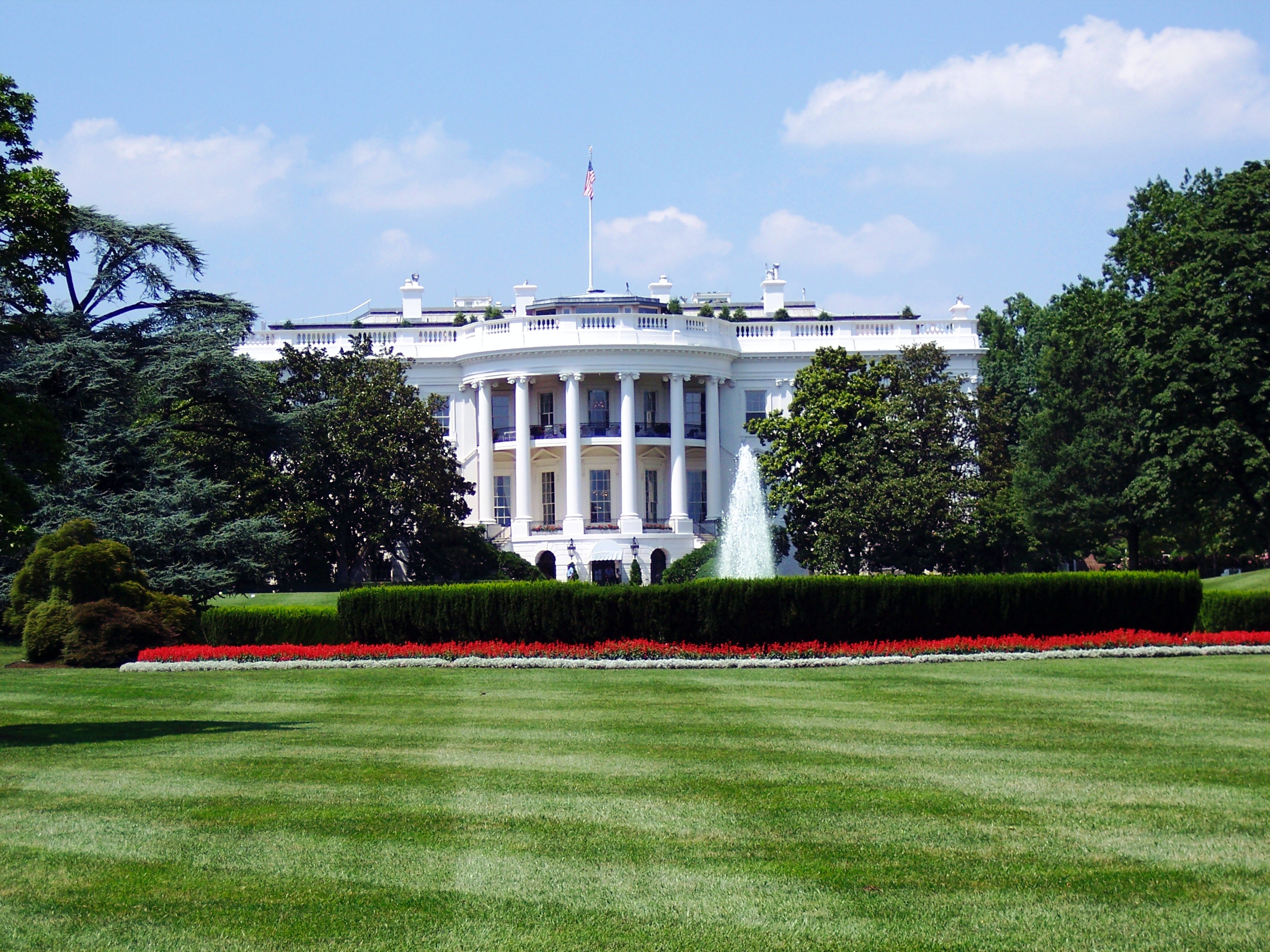Tag: 2020 presidential coverage
-
Comparing 2020 presidential and senatorial vote share by party

Ballotpedia compared the performance of Joe Biden (D) and Donald Trump (R) in the 2020 presidential election to Democratic and Republican Senate candidates in each state. Thirty-five U.S. Senate elections were held in the general election. Biden outperformed Chris Janicek (D) in Nebraska, Sara Gideon (D) in Maine, and the cumulative vote total for Democratic Senate candidates…
-
Absentee/mail-in ballot rejection rates decreased in at least 20 states between the 2016 and 2020 presidential elections

Ballotpedia’s analysis of 2020 election data shows that at least twenty states rejected a lower percentage of absentee/mail-in ballots during the 2020 presidential election than they did in 2016. At least seven states rejected a greater percentage and four states’ rejected the same percentage. Nineteen states have not yet released data making a comparison possible…
-
Michigan Court of Claims invalidates absentee/mail-in ballot rule as improperly established

On March 9, 2021, Michigan Court of Claims Judge Christopher Murray invalidated an absentee/mail-in ballot rule instituted by Secretary of State Jocelyn Benson (D) in the run-up to the November 3, 2020, general election. Murray held that Benson’s rule, which directed local clerks to presume validity when verifying signatures on absentee/mail-in ballot applications and return…
-
Average margin of victory in Pivot Counties has shifted by 25.1 percentage points from Democrats to Republicans since 2008

Ballotpedia is concluding its analysis of Pivot Counties in the 2020 presidential election with a look at the presidential margins of victory in these counties and how they have changed over time. Pivot Counties are the 206 counties nationwide that voted for Barack Obama (D) in 2008 and 2012 and Donald Trump (R) in 2016.…
-
Biden to be inaugurated as 46th president

Former Vice President Joe Biden (D) will be sworn in as the 46th president of the United States on Jan. 20. Sen. Kamala Harris (D-Calif.) will also be sworn in as the 49th vice president of the United States, becoming the first Black woman and person of South Asian descent to serve in the office.…
-
What happens when the Electoral College votes on Dec. 14?

The Electoral College is the process by which the states and District of Columbia elect the president of the United States. Each state is represented by a number of electors equal to the size of its congressional delegation. There are 538 electors in total. To win the Electoral College, a candidate must receive a majority—at…
-
President Donald Trump leads in endorsement win rates among Ballotpedia’s tracked influencers

During the 2020 election cycle, Ballotpedia tracked candidate endorsements from five noteworthy influencers: President Donald Trump (R), President-elect Joe Biden (D), former President Barack Obama (D), Vice President Mike Pence (R), and Senator Bernie Sanders (I). Obama issued the most endorsements in 2020 elections at 232, according to Ballotpedia’s count. Of these 232 endorsed candidates,…
-
A closer look at historical margins of victory in Boomerang and Retained Pivot Counties

Following the 2016 presidential election, there were 206 Pivot Counties that voted for Barack Obama (D) in 2008 and 2012 before voting for Donald Trump (R) in 2016. Based on unofficial 2020 results, there were 22 Boomerang Pivot Counties, which flipped to Joe Biden (D), and 174 Retained Pivot Counties, which voted for Trump again.…
-
Three states split presidential and gubernatorial vote

Three states voted for presidential and gubernatorial candidates of different parties this year, while at least two voted for presidential candidates of a different party than the state’s trifecta status. A state government trifecta occurs when one party holds a state’s governorship and majorities in both chambers of the state legislature. Heading into the 2020…
-
Joe Biden projected to win 2020 presidential election

Former Vice President Joe Biden (D) is the projected winner of the 2020 presidential election, according to a consensus call from ABC News, CNN, Fox News, NBC News, and The New York Times. Projected to win Pennsylvania, Biden has won at least 273 electoral votes, putting him over the threshold of 270 electoral votes needed…

